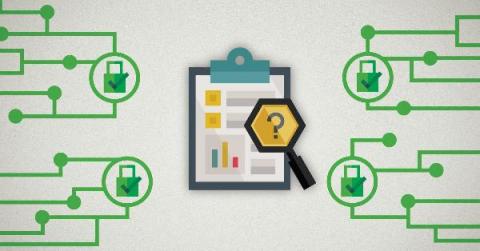Regulatory Compliance in Healthcare
Every day healthcare providers must undertake the nerve-racking task of complying with an increasing number of healthcare regulations. According to one report, the healthcare industry spends nearly $39 billion every year on the administrative burdens of regulatory compliance. Today healthcare organizations must comply with more than 600 regulatory requirements.









